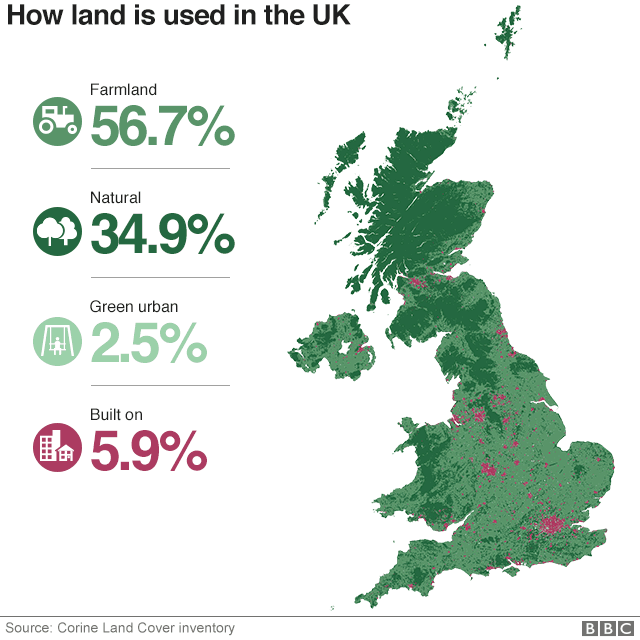Personally I don't think you're ever gonna get rid of grey squirrels once they've become established



Let me see if I understand this:
-Somehow removing hedgerows that were artificially planted by humans is detrimental to the natural environment?
-Farming intensively (which increases yield per acre thus reducing the amount of total land needed to be taken out of nature) is detrimental to the natural environment?
-Organic farming which needs a larger tract of land to produce the same crop yield as conventional farming is somehow good for the natural environment?
-A landowner removing his own trees from his own property(basically harvesting his own timber crop) is illegal?
Not off limits permanently, only when the flags are up and only in some select places.I'm pretty sure the best MOD sites are off limits to most people. Salisbury Plain MOD area is apparently an amazing place for rare insects and plants though. Untouched by agricultural intensification and just enough disturbance to keep the habitats vibrant.

Are not the number of plant species in a hedgerow indicative of its age?
So planting the hedgerows in the first place is what actually disrupted the natural environment: Blocked wind and snow, etc, and provided nesting areas that would have otherwise not been available.......Of course removing hedgerows whether they were planted by humans or not is detrimental to to the environment, this is why we are losing nesting sites for birds, and other animals,....
....over here where it is hilly a lot of the hedgerows were planted not only as boundaries, but also as a defence against wind, snow etc, in order to protect the crops that were growing, we unfortunately don't get the weather you get over in Florida., Forestation is a natural defence against the weather, although I must admit it can be a hazard if not managed properly, fires, etc.
In urban areas over here you could be held liable for NOT cutting trees. My neighbor's tree fell over during a storm and he was liable for the damages it caused on my property. Likewise in urban or rural areas the homeowners insurance can (and often does) cancel coverage if trees too close to the home (your own home or a neighbor's home) aren't removed. "Too close" isn't especially well defined unfortunately.Trees in urban areas over here are normally under preservation orders,depending on the type of tree, and yes it can be illegal to take them down without permission even if they are on your property, in fact trees that are removed for housing development normally have to be replaced and in some cases with mature trees,.....
So planting the hedgerows in the first place is what actually disrupted the natural environment: Blocked wind and snow, etc, and provided nesting areas that would have otherwise not been available.
I'm not trying to be flippant; just pointing out that over the years the definition of "natural" has evolved. That difference in opinions over the definition will be one of the least surmountable obstacles to true conservation.
Fair enough. So the hedges were the second generation of disturbance rather than the first. Manipulating the disturbance (or recovery)No, what originally disturbed the natural environment was forest clearing. The copses that were left often grew out along the boundary lines, roadsides, etc., and folks realised that if hedges were properly made and maintained that they were stock proof, and they were also sometimes used to border holloways (traditional droving routes where after centuries of use the constant movement along them compacted and depressed the ground) to stop incursions into fields lying alongside droving roads
Hedgelaying is a skilled art
http://www.hedgelaying.org.uk
https://en.wikipedia.org/wiki/Hedgelaying

So planting the hedgerows in the first place is what actually disrupted the natural environment: Blocked wind and snow, etc, and provided nesting areas that would have otherwise not been available.
I'm not trying to be flippant; just pointing out that over the years the definition of "natural" has evolved. That difference in opinions over the definition will be one of the least surmountable obstacles to true conservation.
Let me see if I understand this:
-Somehow removing hedgerows that were artificially planted by humans is detrimental to the natural environment?
-Farming intensively (which increases yield per acre thus reducing the amount of total land needed to be taken out of nature) is detrimental to the natural environment?
-Organic farming which needs a larger tract of land to produce the same crop yield as conventional farming is somehow good for the natural environment?
-A landowner removing his own trees from his own property(basically harvesting his own timber crop) is illegal?
